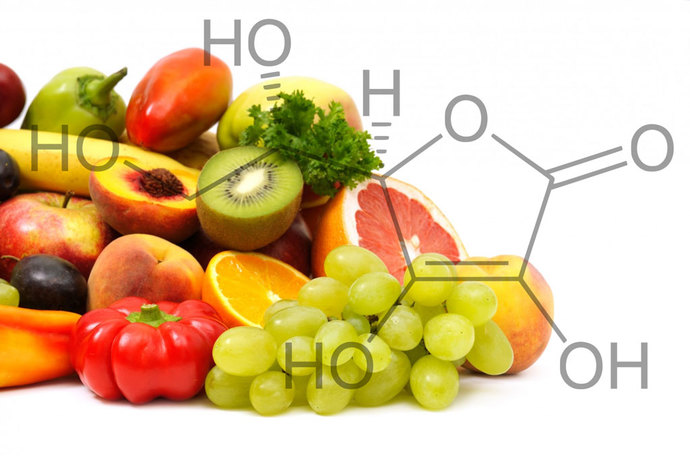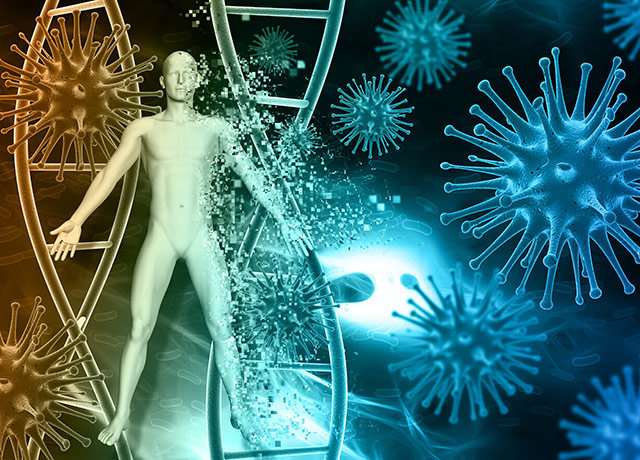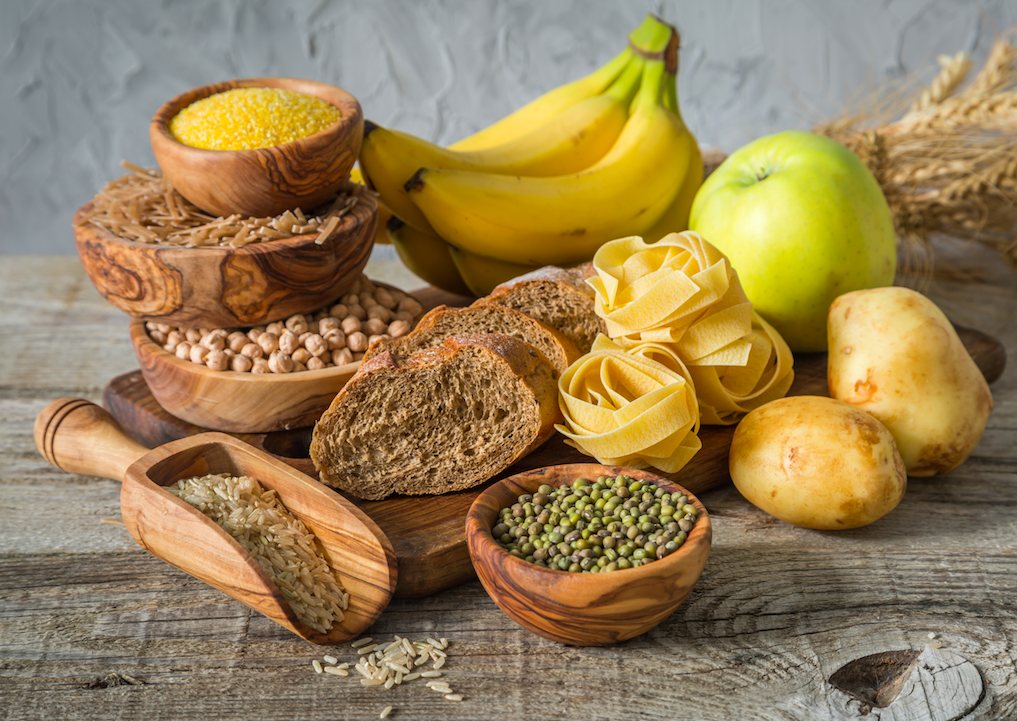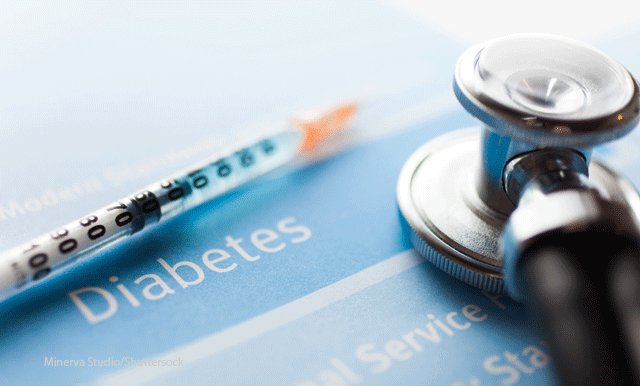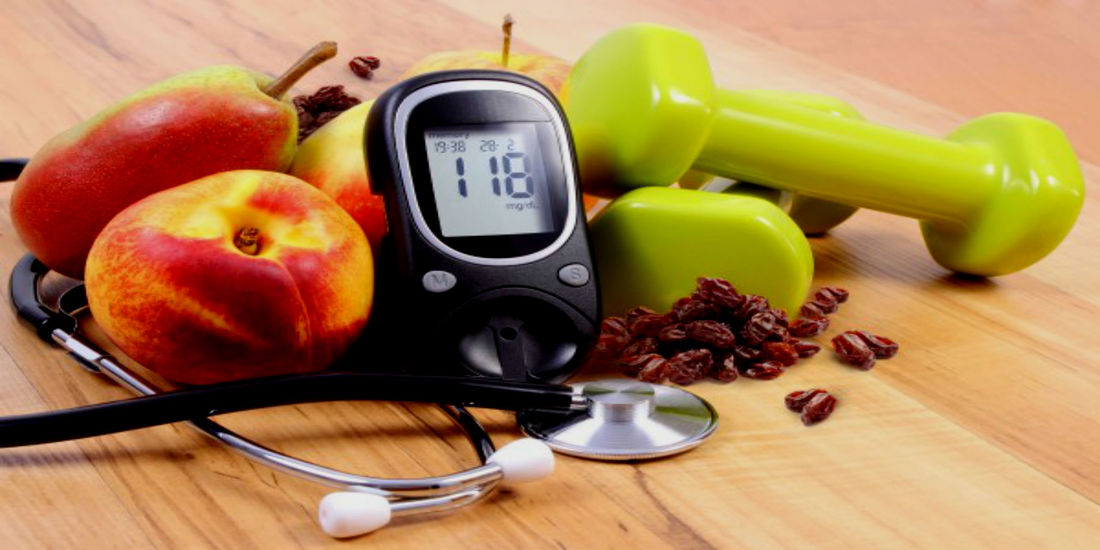|
The Caustic Cold and Flu! One can perhaps never have everything to prevent or fight cold and flu! Stuffy nose, chills, fever, weakness, body ache: symptoms of one of the most common and exasperating illnesses that remains undeterred and precisely irremediable despite extensive ongoing worldwide research. Though the volatile viruses give very little scope to combat them, symptomatic allopathy, home remedies, alternative medicines and naturopathy have been partially fruitful in tackling their manifestation by boosting immunity, of which the most prevailing practice is stepping up vitamin consumption. Apart from contributing to growth and development of an organism, vitamins play an exceptional role in prevention and treatment of a myriad of diseases and their deficiencies can lead to debilitating disorders. The treatment regimen mostly consists of vitamin supplementation and additional therapeutic interventions (invasive or non-invasive). One such popular belief speaks about the benefit of vitamin C in preventing and treating cold and flu. Vitamin C or ascorbic acid is a water-soluble vitamin and one of the strongest antioxidants known, which cannot be manufactured in the body and hence is required through dietary intake. How does Vitamin C affect our immune system? We have a strong immune defense to resist and encounter infections or toxins. But before any infection swarms the system it has to get across body’s first line of defense, the skin and mucous membrane. Vitamin C is the key nutrient for synthesis of collagen that reinforces the skin’s tensile strength bolstering it up for pathogenic invasion and accelerates wound healing. Also, it promotes free radical-scavenging activity of the skin, thereby potentially protecting it against environmental oxidative stress. Systemically, vitamin C supports and empowers the innate as well as adaptive immune system. During an infection or inflammation, there is a higher requirement of vitamin C to enhance antibody production by B cells, microbial killing by phagocytes (cells that engulf and kill pathogens) and the white blood cells by promoting cell proliferation and metabolic reinforcement to expedite the battle! The white blood cells are responsible for fighting, protecting against and eliminating infectious pathogens or foreign particles. They have membrane bound-vitamin C transporter molecules that can localize vitamin C into the cells during periods of high metabolic demand. That explains why there is a drastic drop in vitamin C levels and consequentially increased requirement of it during an infection or an inflammatory condition! How much, how often, the Ifs and the Buts! The recommended permissible dose of vitamin C is around 90 mg per day though one may needs to up this daily dose to about 1000-2000mg alongside a vitamin-rich diet, to exhibit noticeable boost in immunity and subsequent therapeutic advantage. A few small trials showed that a 1000 mg/day dose of vitamin C supplementation shortened the duration and mitigated severity and symptoms of cold by 5-20% if consumed religiously for a prolonged period. At the same time, such high doses of vitamin C taken regularly increase the risk of gastric disturbances, diarrhea, nausea, headache and insomnia in an otherwise healthy individual. And this vicious cycle has been placing vitamin C in the confession box time and again. The Ingineous Genetic Power of the Pathogens A crucial aspect that beats the vitamin C conflict black and blue is the nature of causative pathogens of Cold and Flu; viruses like rhinovirus, influenza viruses are some of nature’s most enigmatic pathogens. On their first encounter with our immune system, they triggers the production of antibodies that recognize them and build up a memory squad against the viruses. But these viruses have an innate ability to go through subtle changes in their genes (mutations) during replication, over varied time duration, that end up creating newer strains of the same parent virus. This is called ‘antigenic drift or antigenic shift’. The antibodies subsequently do not recognize these variant forms on their next encounter and are unable to restrain the infectious cycle. To exemplify, a rhinovirus can mutate upto 800 different antigenic forms during a single cycle of infection. That is why it is practically impossible to create a vaccine against common cold and it remains the most frequently encountered infection during a human’s lifespan! This brings us to a critical inference. That, whether or not you are well equipped with sufficient vitamin C ammunition, these viruses always have a heavier counter-cannon to weigh you down: the battery of explosive antigenic drifts!  The 'cold' war! The 'cold' war! To sum up, although these facts do establish a critical role of vitamin C as an immune-enhancer and in maintaining the epithelial barrier function, few physiological bottlenecks like dosage, adverse events and genetics have left researchers tight spotted in giving thorough affirmation to prophylactic or therapeutic benefits of vitamin C. Nevertheless, they do advocate that incorporating a vitamin C rich diet comprising of broccoli, tomatoes, spinach and citrus fruits to name a few, or supplements can alleviate the severity of symptoms of common cold and flu and venture a tiny punch, if not a knock-out to these voracious viruses! Carbohydrates are biomolecules which count as one of the 3 macronutrients (the other 2 being protein and fat) provided through our daily diet and essential for fundamental body functions.They are the main source of energy required by the body and should sum to 45-65% of our daily dietary calories. They are broken down in the body into simple sugars like glucose that forms the fuel for cellular activities. Should I cut out carbohydrates from my diet? Cutting our carbohydrates from our diet would mean eliminating the main energy source. In such situations, firstly, body starts using up fats and proteins for energy production (which means higher requirement of fat in our diet) and secondly, it may lead to nutritional deficiencies. Also, cutting out carbohydrates may not necessary facilitate in weight loss since your body will be replenishing the same calories through fats and proteins! A wiser option is to choose complex carbohydrates like whole grains, fruits, legumes, vegetables, etc. over simple ones and lower the consumption of sweets and sugar loaded unhealthy junk food. What are Good carbs and Bad carbs? Carbohydrates are the main source of energy required by the body and should sum to 45-65% of our daily dietary calories. Being one of the macronutrients, carbohydrates essentially cannot be bad per say! although, the type of carbohydrates we choose to consume has impact on our health. Carbohydrates can be categorized into simple and complex, depending on the complexity of their chemical structure. Complex carbohydrates are unprocessed carbs with high starch and fibre content, for example, whole grains like millets and brown rice, legumes, fruits and starchy vegetables. They have a higher thermic effect of feeding (TEF) because they require a more complex breakdown process before being used by the body. Simple carbohydrates are processed, refined, devoid of fibre and other essential nutrients (like sweets, refined flour, aerated drinks, etc.), and essentially add up to empty calories. For the main reason that complex carbs get absorbed slowly by the body and prevent blood glucose spikes, these should be chosen over their processed counterparts which present long-term health issues like metabolic syndrome, cardiovascular disorders, obesity and diabetic complications, to name a few.  Fill Up with the Protein Platter Fill Up with the Protein Platter Are carbohydrates more filling than proteins? Fullness is basically a perception of how much you are eating. This perception comes from mainly 2 stimuli.
To answer this question we need to first understand how macronutrients are processed in the body. If we look into the calorific value of each macro, fat carries 9 calories per gram and much to the surprise of those who have been thinking that protein gives you less calories than carbs, both protein and carbs contain 4 calories per gram! This also means, calorifically both proteins and carbs provide you with equal chances of gaining weight. But we shall leave this topic to our future posts and walk back to the digestion process for now. Only about 5 to 15% of the calories coming from fats and carbs are utilized to digest them while proteins suck in almost 20-30% of those calories for their digestion, an intrinsically cumbersome process. Proteins are made up of amino acids that aid in protein synthesis, tissue repair, synthesis of neurotransmitters, antibody production and oxygen transport, to name a few. These amino acids are held together by strong peptide bonds and folded into complex conformations that require an enormous amount of energy to be broken. Which means our digestive system has to work harder and for longer, using up extra energy as compared to structurally simpler polysaccharides that are easier to break down into simple sugars. Also, most of the high protein foods are high on fiber quotient too, making the digestion process again, harder and longer. Besides these factors, proteins and carbs are also known to suppress the hunger hormone ghrelin and a hormone controlling satiety, GLP-1 more than fats do. A randomized crossover trial with 36 men and women as subjects was conducted to ‘examine the effects of liquid meals varying protein, carbs and fat, on appetite hormones, self-rated appetite and calorie intake.’ The results blaringly skewed towards a high protein-medium carb-low fat meal for suppressing ghrelin, increasing the circulating levels of GLP-1 and lowering appetite. To read a detailed version of the trial conducted please visit http://alivebynature.com/protein-reduces-appetite-more-than-carbs-and-fat/ This explains why protein foods stay on for longer in our system giving us a higher sense of fullness and satiety relative to carbohydrates. So stay protein-wise, and trust your “gut-feeling”! What is Diabetes Mellitus? Diabetes mellitus is a group of chronic metabolic disorders that compromise the body's ability to utilize glucose for energy metabolism. Characterized by high blood sugar or hyperglycaemia, its classic symptoms are frequent urination, increased hunger and thirst, body weight imbalance, fatigue, slow healing and many more. It can lead to life-altering complications if not checked and controlled at early stages. There are primarily 2 kinds of diabetes: insulin-dependent type 1- where the pancreatic beta cells fail to produce insulin to utilize glucose; and non-insulin dependent type 2- which is the more common type making upto about 90% of the cases, characterized by insulin resistance, a condition in which although there is sufficient insulin produced, the sensitivity of cells to respond to insulin is reduced, and is caused primarily due to obesity, lifestyle factors and genetics to a great extent. The third type is gestational diabetes, resembling in characteristics to type 2 diabetes, which occurs is 2-10% of pregnant women and usually improves after delivery; very few go ahead with developing long term diabetic complications. Another kind which is less common is a heritable variant of diabetes, autosomal dominant maturity onset diabetes of the young (MODY) caused by mutations in genes responsible for insulin production. Diabetes increases risk of various complications, often serious and debilitating. Some of the most common complications are diabetic foot ulcers, slow wound healing, diabetic nephropathy affecting renal functions, diabetic neuropathy affecting the central nervous system, diabetic retinopathy, glaucoma, cataract and vision impairment, and diabetic cardiopathy, the most prevalent complication and leading cause of death in diabetic patients due to heart failure and stroke. Diabetes essentially has no cure. It can only be controlled by proper nutrition, weight management and lifestyle changes. Should I stop eating sugar altogether if I have diabetes? It is a common belief that diabetics should eradicate sugar from their diet but veritably, in either types of diabetes, cutting down sugar intake may not be necessary but it is essential to control its consumption and lower blood sugar levels to prevent further complications. Also modulation of diet in terms of sugar intake varies between the type of diabetes one is diagnosed with. Individual with type 1 diabetes have an intrinsic defect of producing insulin to metabolize glucose. Such patients are usually prescribed insulin treatment in the form of injections or pump to control blood glucose level. They can therefore continue with a normal daily diet (a balanced one of course) with moderate quantity of sugar in it. Those with type 2 diabetes, the more common one, need lifestyle intervention. Since obesity is the leading cause of type 2 diabetes, reducing weight by significant diet modification and regular exercise becomes imperative. Which means, this group needs a stricter regimen for cutting down sugar consumption. Therefore, rooting out sugar from diet is not necessary in diabetes but moderating it will surely enfeeble the sugar coated devil ! How Can I Reduce Sugar Intake With Diabetes?
Various ways in which we can reduce sugar intake and naturally lower/control blood sugar levels are:
The sweetest fruits are harvested out by the most laborious farmers; introducing these simple and effective approaches to lifestyle can substantially regulate diabetes mellitus and render a better quality of life. Red wine has been considered across the globe as a heart-healthy alcoholic beverage. In many countries and cultures red wine is an essential part of the meal courses. The cardioprotective property of red wine is believed to be derived from a polyphenol, resveratrol, which naturally occurs in the fruits and leaves of edible plants, peanuts, mulberries and grapes. Resveratrol demonstrates intense antioxidant and radical scavenging activity by reducing fatty acid oxidation/peroxidation. Further, it increases levels of HDL-cholesterol and confers protection against cholesterol buildup in arteries.
The properties of resveratrol can certainly not be disputed but it is required in much larger quantity than present in a few glasses of wine for establishing its potential in the body. And more importantly, though red wine is tagged with a ‘good reputation’, we should not forget that it is essentially an alcohol and must be consumed judiciously, lest it may trigger addiction and alcoholism especially if there is a family history and genetic disposition of the same. Therefore, despite its popularity, there hasn’t been an explicit evidence of cardioprotective properties of red wine but if taken in moderation, a toast or two can certainly solicit the heart! |
AuthorDietitian & Nutritionist Dr. Nafeesa Imteyaz. ArchivesCategories |
- Home
- Written Testimonials
- Consult
- Clinics
- Blogs
-
Diet & Nutrition
- Diabetes Reversal
- IVF IUI not needed for PCOS PCOD Infertility
-
Medical Nutrition
>
-
Disease & Conditions
>
- Infertility | PCOS
- Diabetes Mellitus
- Cholesterol
- Hypothyroid
- Kidney Problems
- Hypertension
- Cardiovascular Diseases
- Liver Diseases
- Gastro intestinal disorder
- Cancer
- Metabolic Disorders
- Orthopedic Disorders
- Eating Disorders
- Dietary Recall
- Weight Record Filled By Clients
- Online Payment Transaction Details
- Online Clients Weight Check Form
- Our Program Package Service Charges
- Weight Record 2017 Clients
- Measurements sent by Clients
- Terms & Conditions Of Payment
- Thanks. Your Form is Submitted
- Video Testimonials
- Lifestyle & Wellness
- Lifestyle & Wellness Blog
- Allergy & Intolerance
- Weight Loss / Gain
- Weight Loss / Slimming Blog
-
Disease & Conditions
>
- Life Cycle Nutrition >
- Sports Nutrition >
- Integrity in Nutrition
- Knowledge Centre
© COPYRIGHT 2022. ALL RIGHTS RESERVED. FRST HEALTHCARE PVT LTD.
Dr. Nafeesa Imteyaz of First Eat Right clinic, is the Best Dietitian Nutritionist in Bangalore. Best Dietitian Nutritionist in Pune. Best Dietitian Nutritionist in Hyderabad. Best Dietitian Nutritionist in Chennai. Best Dietitian Nutritionist in Mumbai. Best Dietitian Nutritionist in Delhi. Best Dietitian Nutritionist in Kolkata.

